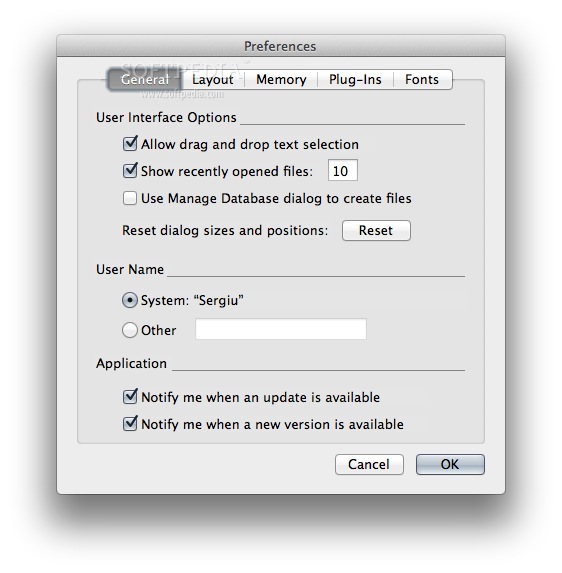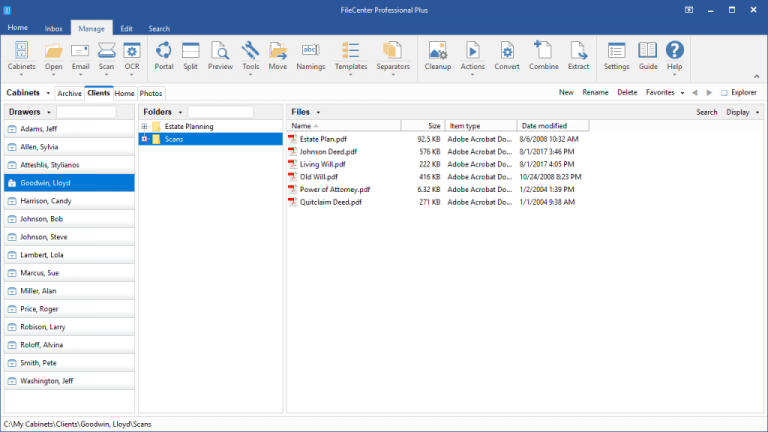


The largest such database is probably the U.S.

Several national and multiinstitutional databases have been developed to hold information on patients with kidney disease ( 2), including databases for the Health Resources and Services Administration ( 3), the National Multicystic Kidney Registry ( 4), and the Dialysis Outcomes and Practice Patterns study ( 5). An important component of this growth has been the use of database technology. Publication in medical informatics has grown exponentially in the last 20 y ( 1), concurrent with the development of electronic medical records and general improvement in information technology. A text file is constructed and saved for review by physicians. An Interactive Data Language program then combines data from the 2 databases into an XML (extensible markup language) file for use by the decision support system. A scripted algorithm is used to reliably match records present in both Q2 and CLINICAL.

The CLINICAL database was developed in stages and contains 342 fields comprising demographic information, clinical history, and findings from up to 11 radiologic procedures. To test interobserver variability, a second physician transcriber reviewed 50 randomly selected patients in the hospital information system and tabulated 2 clinical data items: hydronephrosis and presence of a current stent. The relational database has 3 parts: a list of all renal scans (the RENAL database), a set of patients with quantitative processing results (the Q2 database), and a subset of patients from Q2 containing clinical data manually transcribed from the hospital information system (the CLINICAL database). MAG3 studies were processed using an in-house enhancement of a commercial program. Additional software was developed in Interactive Data Language. For database development, we used a commercial program.


 0 kommentar(er)
0 kommentar(er)
